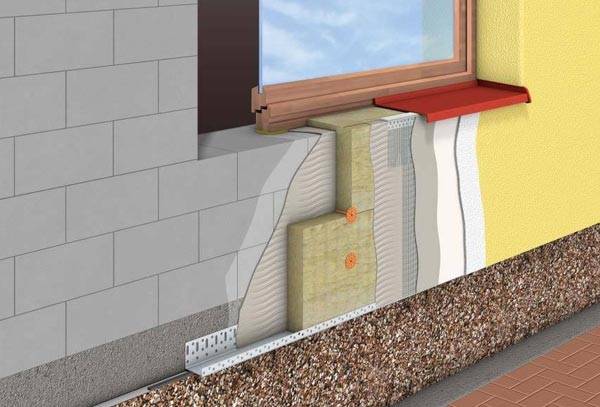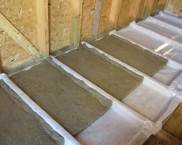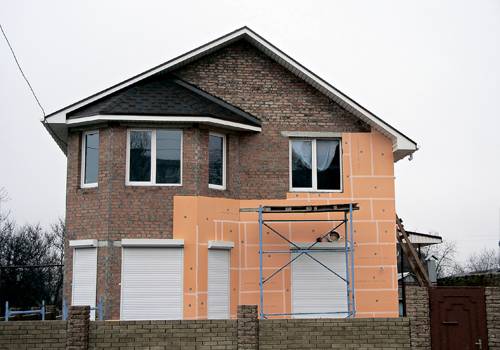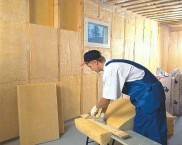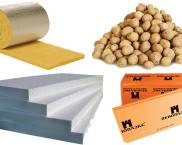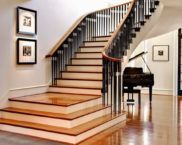Insulating the ceiling in a house with a cold roof on your own
The ceiling with insufficient insulation is the main zone of heat loss, since warm air, instead of circulating around the room, instantly cools down. In addition to reducing the level of comfort, cold ceilings increase heating costs and accelerate the destruction of the floor structure, since condensation forms on the wooden elements due to temperature changes and decay inevitably begins. Ceiling insulation in a house with a cold roof eliminates all the unpleasant phenomena described.
The content of the article [Hide]
- 1 Insulation materials that can and cannot be used in construction
- 2 Video: Which insulation is better. Fire safety test
- 3 Advantages and disadvantages of existing heaters
- 4 Calculator for calculating ceiling insulation in a house with a cold roof
- 5 Manufacturing jobs
- 6 Why do you need ceiling insulation
- 7 Video: do-it-yourself ceiling insulation in a private house
Insulation materials that can and cannot be used in construction
The effectiveness of thermal insulation is equally dependent on type of insulation and compliance with the laying technology. There are several requirements for thermal insulation materials, among which thermal conductivity, cost, durability and fire safety.
Styrofoam and expanded polystyrene
The cheapest and most efficient materials in terms of thermal conductivity are polystyrene and its modifications. But, despite the immense popularity and active advertising, such materials are unacceptable for use in construction, and in private wooden houses they are doubly dangerous. Polyfoam, even carefully treated with fire retardants, is extremely flammable due to its chemical composition, its vapors are poisonous, and it is almost impossible to extinguish such a flame. An example of this is the story of the 2009 fire at the Lame Horse Club.
Polyurethane foam - sprayed and board PPU
Unlike expanded polystyrene, its competitor polyurethane foam does not support combustion, therefore, it is quite acceptable for housing.This material is available in the form of solid plates or in the form of viscous sprayable compositions that foamed at the time of application, similar to polyurethane foam. Adhesion, that is, the adhesion to the surface of such a composition is extremely high, that is, there are simply no gaps and gaps left. Insulating the ceiling in a house with a cold roof using polyurethane foam is convenient, because this material does not absorb moisture, and therefore does not require additional vapor barrier.
Mineral wool
Mineral wool can be made from glass melts, volcanic rocks or slags, but the latter are not used in residential construction. The composition of such a material includes a binder - a polymer resin, the composition of which determines the durability and flammability of the material. It is produced in the form of mats or soft sheets, suitable for use from both the attic and the living area. Since cotton wool is hygroscopic, additional moisture insulation is required.
Expanded clay
This bulk material can only be used from above, that is, from the attic side. Expanded clay has been used for a very long time, among the bulk materials it has no worthy competitors, since it is cheap, easy to install, environmentally safe, does not burn or melt, does not absorb moisture, and the fine fraction can serve as waterproofing.
Sawdust and shavings
Wood shavings and sawdust, as well as straw and other organic materials, can be used as insulation if they are provided with sufficient fire safety and moisture protection. For this, cement is used, and sawdust with straw is introduced as a filler. When mixed with water, a solution is formed, which, when hardened, turns into aerated concrete - a well-known non-combustible effective heat insulator.
Non-combustible cellulose - ecowool
Ecowool is a mixture consisting of 4/5 cellulose fibers, and 1/5 of boric acid and its salts, which serve as effective fire retardants and antiseptics. Ecowool is supplied in the form of a gray powder, which is blown into the prepared cavities using a compressor unit. You can seal the mixture with water and spray it on the surface, then after drying it will set and form a strong layer.
Video: Which insulation is better. Fire safety test

Advantages and disadvantages of existing heaters
It is impossible to say unequivocally which of the materials for insulating ceilings in houses with a cold roof is better, since each of them has a number of advantages and disadvantages, by the combination of which the masters determine the suitability and unsuitability of this material for work. The main parameters are as follows:
Calculator for calculating ceiling insulation in a house with a cold roof
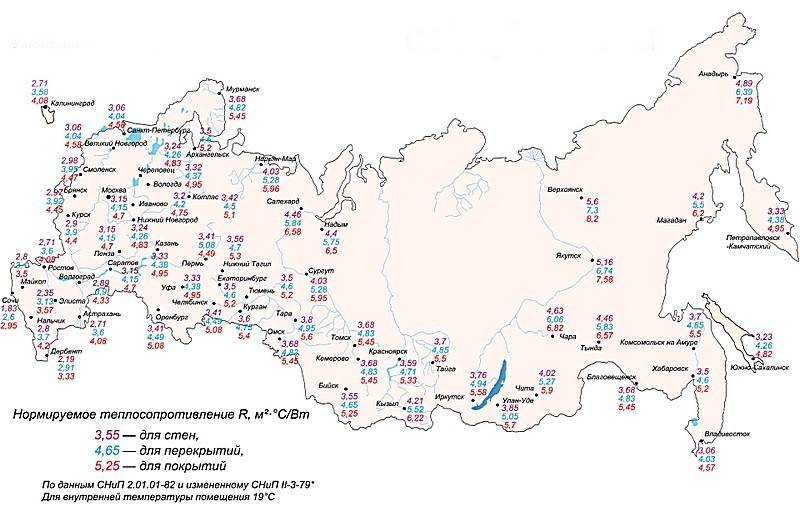
Determination of the value of the required resistance to heat transfer for floors, depending on the region
Manufacturing jobs
To insulate the ceiling in a private house with your own hands, it is necessary, first of all, to disassemble the existing structure. If the ceiling is insulated from the side of the room, then all the finishing must be removed from it. If the attic is insulated, then all objects and structural details are removed, except for floor beams.
Insulation from the attic side
The vertical elements prepared and freed from all unnecessary beams are first of all treated with fire retardants, since after insulation it will no longer work. The second step is vapor barrier device... Very often people do not take into account that a colossal amount of moisture gets into the thermal insulation layer from the room. From this, the insulation gets wet and loses its properties, and the beams begin to rot ahead of time.
For each type of insulation there is its own recommended type of vapor barrier. For sprayed PU foam, vapor barrier is not required at all. The insulation should fit very tightly, without cracks and gaps. During operation, any gap turns into a cold bridge - a zone with a low thermal resistance, through which heat leaves the room.
Thermal insulation from the side of the room
Ceiling insulation in a private house with a cold roof can also be performed from the side of the room, while a certain work procedure must be observed:
Why do you need ceiling insulation
A warm ceiling eliminates the following troubles:
Video: do-it-yourself ceiling insulation in a private house
















